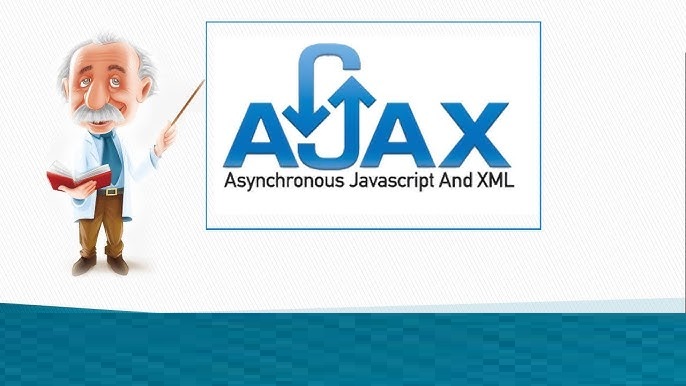AJAX Full Form
The full form of AJAX is Asynchronous JavaScript and XML. Despite being often referred to as a technology, AJAX is a group of web development techniques that allow web applications to send and receive data asynchronously from a server, without refreshing the entire webpage.
Technologies Used in AJAX
AJAX involves the following components:
- XMLHttpRequest – A built-in browser object used to send and receive data from a web server asynchronously.
- HTML DOM (Document Object Model) and JavaScript – Used to display or manipulate the received data dynamically on the web page.
- CSS & HTML – For presentation and layout of the content.
- JSON or XML – Common formats for data interchange between client and server.
By exchanging data in the background, AJAX enables parts of a web page to update without requiring a full page reload, providing a smoother and faster user experience.
A Brief History of AJAX
- Pre-1996: Web pages were primarily HTML-based and had to be reloaded for updates
- 1996: Internet Explorer introduced the
<iframe>tag - 2005: Jesse James Garrett coined the term “AJAX” in his article “Ajax: A New Approach to Web Applications.”
Applications of AJAX
- Creating dynamic and responsive user interfaces
- Auto-complete forms and instant search suggestions
- Chat applications and real-time content updates
- Asynchronous form submission and content loading
Limitations of AJAX
- Only works in browsers that support JavaScript and XMLHttpRequest
- Can create accessibility issues with screen readers
- Bookmarking specific AJAX states is challenging
- Code complexity increases, making debugging and maintenance harder
AJAX has revolutionized the way modern web applications interact with servers and users. While it offers seamless interactivity, developers must balance its advantages with accessibility and maintainability considerations.
API Full Form
API Full Form is “Application Programming Interface.” An API allows different software applications to communicate with each other, making it easier for developers to build complex systems. APIs provide a set of rules and protocols that define how data can be accessed and exchanged between applications. For example, when you use a social media app or a weather app, APIs are working behind the scenes to fetch and display information. APIs are essential in modern software development, as they simplify integration and enable applications to work together efficiently, enhancing user experiences across various platforms.






[…] AJAX Full Form is Asynchronous JavaScript and XML. It is a web development technique used to create interactive and dynamic web pages. AJAX allows web pages to update data asynchronously, meaning they can exchange small amounts of data with the server in the background without reloading the entire page. This leads to faster performance and a smoother user experience. Many developers now prefer using JSON, although they initially used XML for data exchange. Modern web applications widely use AJAX to enhance functionality and responsiveness. Understanding the AJAX full form is crucial for mastering web development techniques. […]